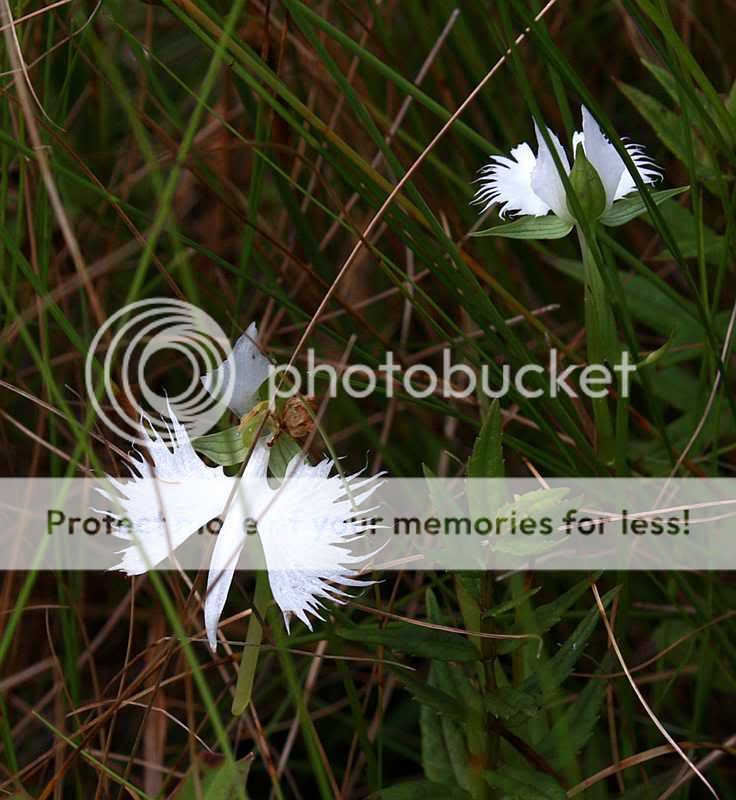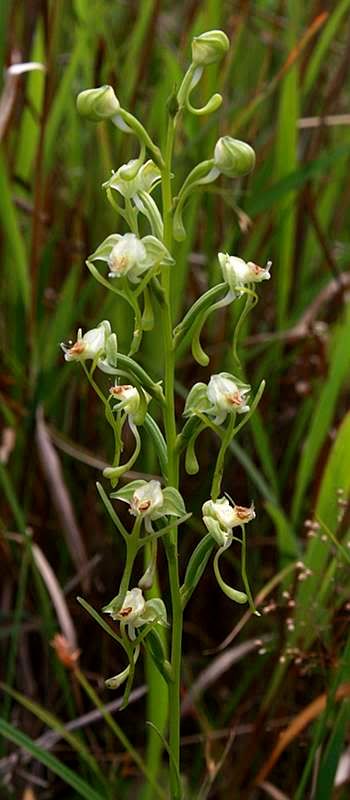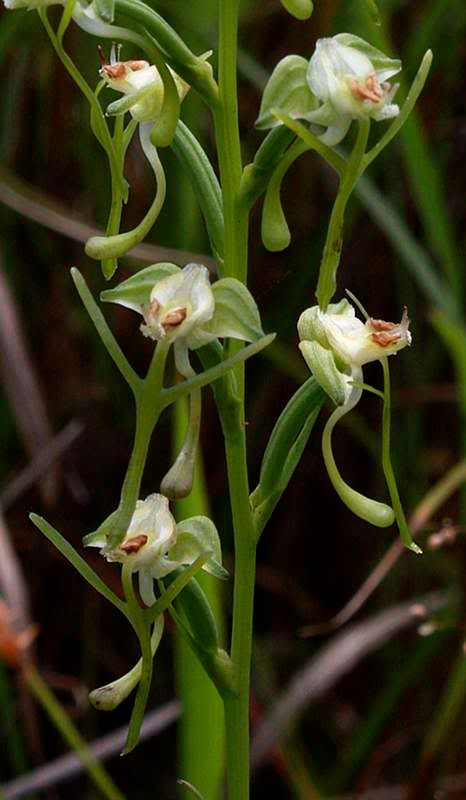KyushuCalanthe
Just call me Tom
- Joined
- Jan 12, 2008
- Messages
- 8,279
- Reaction score
- 584
Yesterday I got to visit a unique place - a limestone karst plateau. Karst topography is a product of acidic water acting on carbonate bedrock, most notably limestone. Such terrain has characteristic formations such as sinkholes, caves, abundant underground water, and lots of odd rock formations at the surface. I could wax on, but if you really want more details, check out this excellent Wikipedia article about Karst Topography.
The Hiraodai Karst Plateau is the second largest in Japan. It is between 1,000 and 2,500 feet in elevation consisting of a row of flat topped mountains abruptly rising from the lowlands of northern Kyushu, just south of Kitakyushu City. About half is protected, the other is in private ownership. There is one immense limestone quarry that has essentially chopped off the top third of one mountain. Here is a typical scene of this karst plateau:

So what's the big deal? These areas due to their unique geography are home to unusual plants and animals. Surface water is uncommon in upland karst plateaus, but in some areas it bubbles up and can form small wetlands. In one wetland I found the endangered egret orchid, Pecteilis radiata, in flower - my prize of the day. There were more further out in the tiny wetland, but I didn't photograph them for fear of doing too much damage - these places are really fragile and easily overrun by human feet:

A bonus find in the same little wetland was a Platenthera, P. sagittifera. This too is a very rare plant in these parts, found only in a few boggy uplands:


Other rarities exist in this place including more orchids such as Pogonia japonica, Pogonia minor, Epipactis thunbergii, and Bletilla striata. What is ironic is that the Pecteilis, Pogonia japonica, and Bletilla are all common in cultivation, but endangered in the wild. The reason is simple - their habitats are very rare nowadays. Protection of the remaining habitat is critical, and a number of wetlands have been preserved. However, due to degradation of such habitat through human use - both consumptive and non-consumptive - these plants are disappearing from many places.
The Hiraodai Karst Plateau is the second largest in Japan. It is between 1,000 and 2,500 feet in elevation consisting of a row of flat topped mountains abruptly rising from the lowlands of northern Kyushu, just south of Kitakyushu City. About half is protected, the other is in private ownership. There is one immense limestone quarry that has essentially chopped off the top third of one mountain. Here is a typical scene of this karst plateau:

So what's the big deal? These areas due to their unique geography are home to unusual plants and animals. Surface water is uncommon in upland karst plateaus, but in some areas it bubbles up and can form small wetlands. In one wetland I found the endangered egret orchid, Pecteilis radiata, in flower - my prize of the day. There were more further out in the tiny wetland, but I didn't photograph them for fear of doing too much damage - these places are really fragile and easily overrun by human feet:

A bonus find in the same little wetland was a Platenthera, P. sagittifera. This too is a very rare plant in these parts, found only in a few boggy uplands:


Other rarities exist in this place including more orchids such as Pogonia japonica, Pogonia minor, Epipactis thunbergii, and Bletilla striata. What is ironic is that the Pecteilis, Pogonia japonica, and Bletilla are all common in cultivation, but endangered in the wild. The reason is simple - their habitats are very rare nowadays. Protection of the remaining habitat is critical, and a number of wetlands have been preserved. However, due to degradation of such habitat through human use - both consumptive and non-consumptive - these plants are disappearing from many places.














































